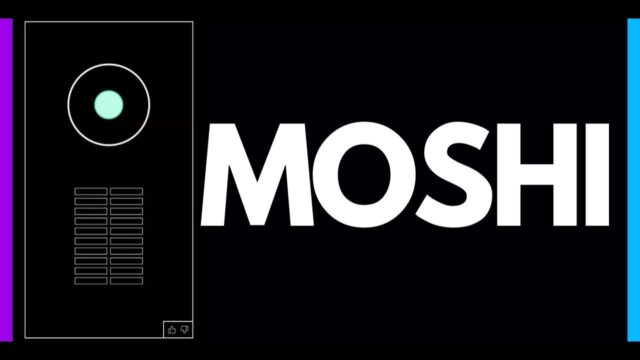
As OpenAI recently delayed the much-anticipated voice mode for ChatGPT, a new player has entered the scene: Moshi. Developed by a French AI company called Kyutai, Moshi is an AI voice assistant designed to offer natural, engaging conversations, much like Amazon’s Alexa or Google Assistant.
Introducing Moshi
Unlike its text-based counterparts, Moshi understands and responds to the tone of your voice, promising a more human-like interaction. It boasts the ability to speak in various accents and employs 70 different emotional and speaking styles. Furthermore, Moshi can handle two audio streams simultaneously, enabling it to listen and respond in real-time.
Development and Features
Moshi was developed using a rigorous fine-tuning process involving over 100,000 synthetic dialogues created through Text-to-Speech (TTS) technology. The company collaborated with a professional voice artist to ensure the assistant’s voice quality is natural and engaging. The result is a voice assistant that aims to provide a “smooth, natural, and expressive” way to communicate with AI.
Try Out Moshi Now
A demo version of Moshi is currently available for anyone to try at us.moshi.chat. While the demo limits conversations to 5 minutes, it gives users a glimpse into the future of voice AI technology.
Open-Source and Future Plans
Kyutai is committed to making Moshi an open-source project, encouraging innovation and addressing ethical concerns surrounding AI development. In the future, the company plans to integrate advanced features like AI audio identification, watermarking, and signature tracking systems.
Potential Impact
If Moshi gains traction, it could accelerate the adoption of large language models in voice-enabled AI assistants, paving the way for a new era of voice AI technology.
Moshi’s emergence signals a new frontier in voice AI technology. Its ability to understand and respond to tone, coupled with its open-source nature, positions it as a potential game-changer in the AI landscape. Whether it truly becomes a ChatGPT competitor remains to be seen, but it undoubtedly opens exciting possibilities for the future of AI interactions.


















